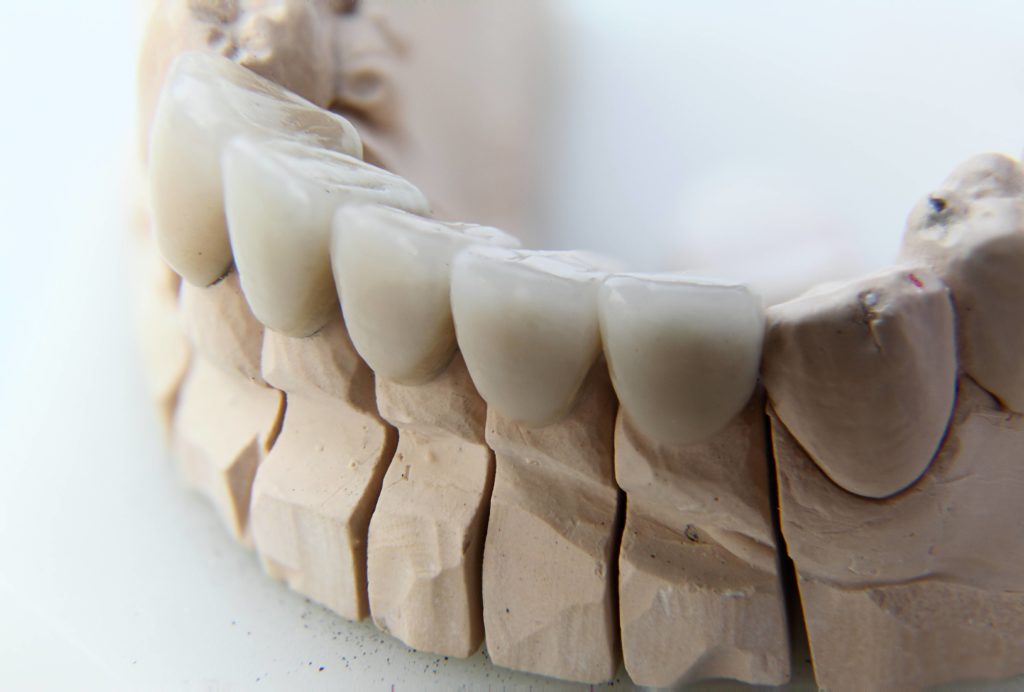A layer of material placed over the tooth and used to enhance the appearance of a smile or protect the surface of the tooth from damage. Veneers can be made from two main materials; porcelain and composite resin. They are custom made to follow the contour of the patients’ teeth and bonded to the tooth’s original enamel. They are used to close teeth gaps and correct a misalignment of the teeth. They can also be used to enhance the whiteness of teeth and correct discoloration, fractures or chips.
Procedure for Composite Veneers:
Composite veneers are sculpted at the time of placement. Composite resin also known as white fillings are applied in layers and hardened using a light. The veneers are then polished before they are bonded to the teeth. The teeth are lightly buffed to allow space for the small added thickness of the veneers. However, composite veneers are best used in situations where there are smaller physical changes such as chipping, discolouration and minor misalignment of teeth.
Procedure for Porcelain Veneers:
An impression of the teeth is made and then sent to the lab to make the porcelain veneers. The teeth have to be lightly buffed too so as to accommodate the thickness of the veneers. Porcelain veneers can fill in larger spaces as compared to composite. An advantage of using porcelain material is that it can mimic the way natural teeth look with a translucent and light-reflective quality that is similar to tooth enamel.
Click for more information on Veneers procedures.

